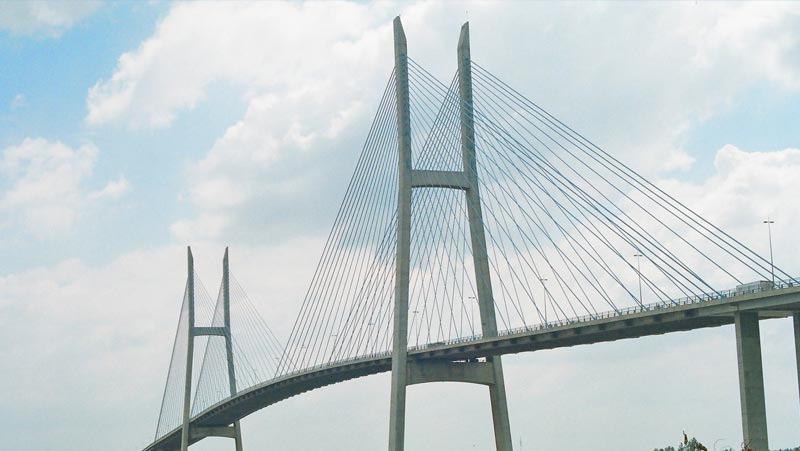

The engineers still largely relied on 2D planning. KG and Curbach Bösche Ingenieurpartner from Dresden were responsible for the implementation planning.

With the help of a lateral prefabrication of the new bridge structure and a subsequent transverse shift, the bridge could be erected in a core construction time of only four months.ĭittmann+Ingenieure Bauplanung GmbH & Co. A special structural feature makes the bridge an exceptional engineering structure: the stiffening girders are penetrated by the arch and form an additional load-bearing frame system with it and together with the downwardly extended arch stems. The central element is the bar arch with a track suspended on flat steel girders. The total length is 90.95 metres with an arch span of 74.95 metres. In order to meet the design and functional requirements, the new replacement for the old arched bridge was designed as a frame-stiffened arched structure - a first for Deutsche Bahn. A student at HTW Dresden (University of Applied Sciences Dresden) has now remedied this situation as part of a semester project - in the field of construction informatics - and remodeled the imposing crossing with Allplan Bridge.įirst frame-stiffened arched structure for Deutsche Bahn Although 3D models were used to some extent in the planning of the structure, the BIM method was not applied, so that no digital twin of the bridge is available for future (maintenance) work. The new replacement structure built at that time was a first for Deutsche Bahn: For the first time in its history, it built a bridge with a frame-stiffened arch structure. The Ottendorf Viaduct on the Riesa-Chemnitz railway line stood for over 160 years until it could no longer be saved and had to be replaced in 2015. This has now been provided by a junior engineer using Allplan Bridge.

The replacement of the Ottendorf Viaduct is a magnificent engineering structure, but was without a digital twin.


 0 kommentar(er)
0 kommentar(er)
